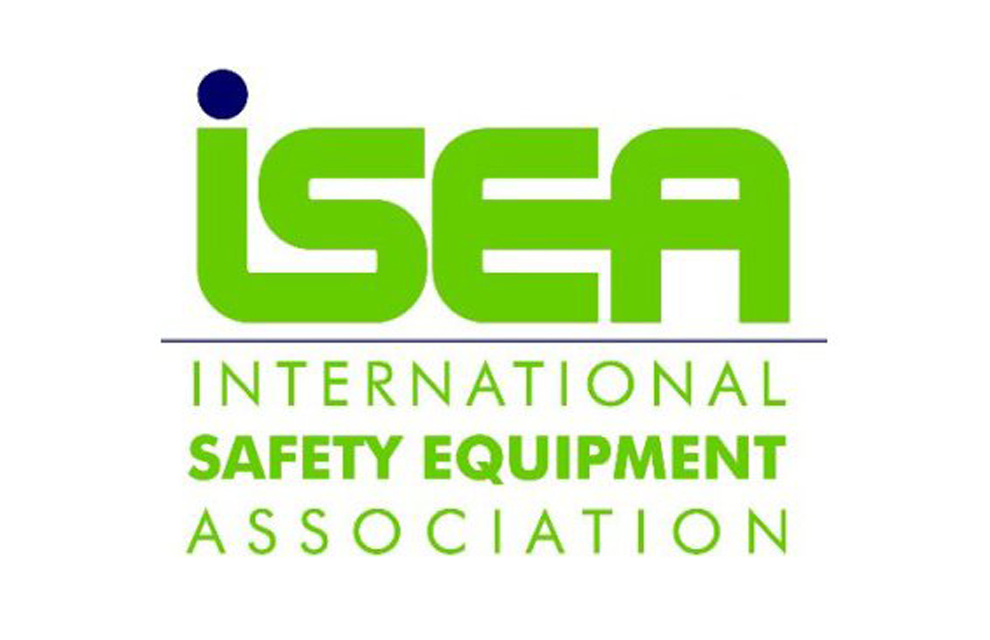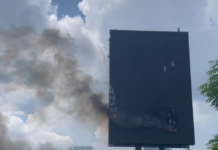 There’s no such thing as “one size fits all” when it comes to personal protective equipment (PPE), says the International Safety Equipment Association (ISEA). Employers and workers alike need to understand that properly fitting PPE is vital for workplace safety.
There’s no such thing as “one size fits all” when it comes to personal protective equipment (PPE), says the International Safety Equipment Association (ISEA). Employers and workers alike need to understand that properly fitting PPE is vital for workplace safety.
Not everyone fits into a standard size. Men and women come in all shapes and sizes, and their PPE needs to conform to their body dimensions to be effective. In fact, poorly fitting PPE can itself be a safety hazard: too loose, it could easily get caught in machinery, with disastrous consequences; too tight, the worker will be uncomfortable and might not be able to tolerate it or even wear it.
The problem? Some employers find it easier to order one or two common sizes in bulk— —often Large or XL—without regard for physical variations in employees.
“PPE fit should be communicated in a way that a worker can understand their size, and the employer must make the effort to purchase the sizes needed, no matter the quantity,” says Abby Ferri, CSP, president of Minneapolis-based safety-consulting firm The Ferri Group LLC. “Workers of any gender should not be in a position to modify their gear or compromise safety by wearing ill-fitting PPE.”
 Some employers also tend to minimize the need of their women workers for PPE sizes that differ from men’s, particularly in construction. Women represent approximately 9 percent of the construction workforce (there were 939,000 women in construction in 2016, compared to 9,389,000 men), according to the National Association of Women in Construction.
Some employers also tend to minimize the need of their women workers for PPE sizes that differ from men’s, particularly in construction. Women represent approximately 9 percent of the construction workforce (there were 939,000 women in construction in 2016, compared to 9,389,000 men), according to the National Association of Women in Construction.
ISEA is partnering with groups including the American Society of Safety Professionals (ASSP) and its common interest group Women in Safety Excellence (WISE) to help educate employers and other stakeholders about the need to provide PPE in a range of sizes.
“Suppliers and distributors play a role in education and pricing structure by making the equipment available, affordable, and with shipping and delivery speeds that meet the demands of construction,” adds Ferri, who is also ASSP Northwest Chapter president-elect and ASSP WISE administrator. “The industry is realizing that women’s PPE fit isn’t just about smaller sizes available in pink. When women’s unique fit needs are considered and addressed, it benefits the entire workforce by ensuring a range of sizes are available.”
While regulations from the Occupational Safety & Health Administration (OSHA) pertaining to general industry require employers to select PPE that properly fits each affected employee General Requirements 1910.132(d)(1)(iii), OSHA regs do not specifically address this issue as it applies to the construction industry.
This discrepancy in OSHA’s regulations has allowed construction-industry employers to simply follow their own whims. As a result, many employers just tell employees with ill-fitting PPE to “make it work.” Providing PPE that properly fits each employee is the employer’s responsibility, however, as is creating an accountable culture of safety.
“It’s time to act,” says ISEA President Charles D. Johnson. “OSHA needs to address this gap in its regulations and require employers in construction—and in every industry—to provide properly fitting PPE to every employee.
“Manufacturers already make PPE in varied sizes,” adds Johnson. “Employers need to be proactive and accountable with regard to PPE. Ordering PPE is not merely a box to check off on a to-do list — it’s a vital step in saving lives preventing injuries, and creating a culture of worker safety.”
About ISEA
Headquartered in Arlington, Virginia, the International Safety Equipment Association (ISEA) is the trade association in the United States for personal protective equipment and technologies. Its member companies are world leaders in the design, manufacture, testing and distribution of protective clothing and equipment used in factories, construction sites, hospitals and clinics, farms, schools, laboratories, emergency response and in the home. Since 1933, ISEA has set the standard for the personal protective equipment industry, supporting member companies united in the goal of protecting the health and safety of people worldwide.










